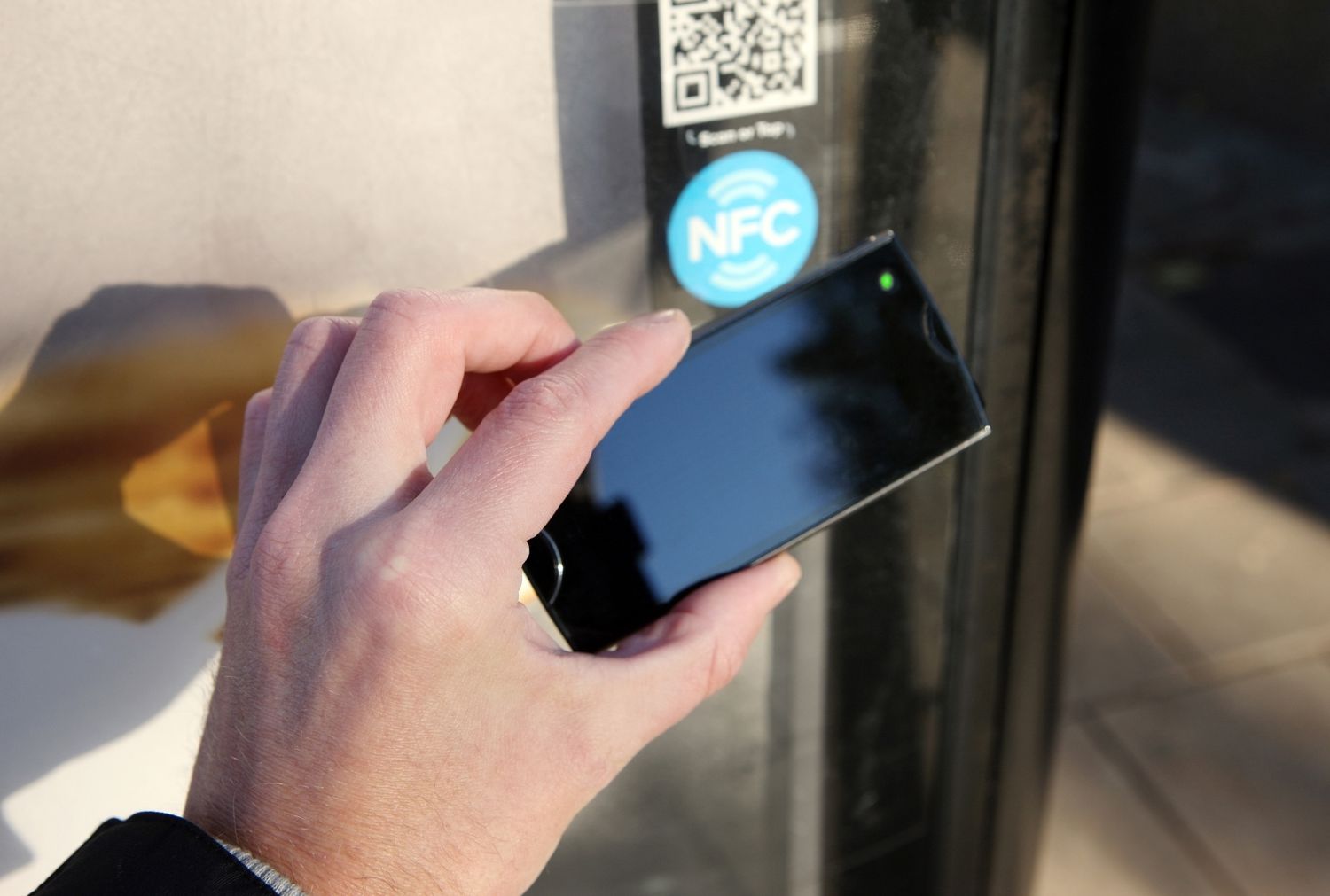How to Use QR Codes to Promote Your Live Events

Marketing Opportunities
In the last several years, live event management has evolved rapidly, leveraging technology to create more engaging, interactive, and seamless experiences for attendees. One such technological advancement is the use of QR codes. These two-dimensional barcodes have become a powerful tool for event organizers to promote events and coordinate attendees.
Promotion with QR Codes
QR codes can be a game-changer when it comes to pre-event marketing. Attendees can scan the QR code to access detailed event information, including registration rates, event date and time, location maps, and agendas. Here’s how they to use them effectively:
- Event Announcements and Invitations: Event organizers can create QR codes that link directly to event landing pages or registration forms. Include QR codes in email invitations, social media posts, or physical flyers.
- Ticketing and Registration: QR codes can replace traditional paper tickets. When attendees register for an event, they receive a unique QR code via email. Event staff can quickly scan attendees’ QR codes to validate their registration and grant access at the venue.
- Promotional Materials: Generate anticipation with QR codes on posters, banners, and brochures. Link QR codes to sneak peeks, videos or behind-the-scenes content to generate anticipation.
On-Site Engagement
QR codes offer a dynamic and versatile approach to enhancing the live event experience. They serve as a bridge between digital convenience and physical interaction, integrating event promotion, on-site coordination, and attendee engagement. Once attendees arrive at the event venue, QR codes continue to play a crucial role:
- Check-In and Badge Printing: Attendees can scan their QR codes at self-service kiosks to check in. The system verifies their registration and prints personalized badges. This streamlines the check-in process, reduces waiting times, and ensures accurate attendee data.
- Session Access and Networking: QR codes can grant access to specific sessions, workshops, or breakout sessions.
- Interactive Event Maps: Place QR codes around the venue to give attendees access to maps on their smartphones. This can help them find sessions, exhibits, or amenities.
- Feedback and Surveys: QR codes can direct attendees to feedback forms where they can share experiences in real-time, allowing organizers to make immediate improvements.
- Social Media Integration: Link QR codes to social media to encourage attendees to share their experiences, increasing the event’s visibility and engagement.
- Menus and Food Orders: Let attendees scan QR codes at their seats to access menus or order food and drinks for delivery.
- Exhibitor Information: QR codes at exhibit booths can provide detailed product information, special offers, or contact details for later follow-up.
By embracing QR technology, event organizers can streamline logistics and create a more personalized and memorable experience for each attendee.
Have Questions?
In the event management space, QR codes are a simple yet powerful tool to connect, engage, and delight participants, ensuring each event is unforgettable. Follow the practices above to improve client engagement and watch satisfaction rates soar! And check out our other articles for more advice on specific industries and use cases.
